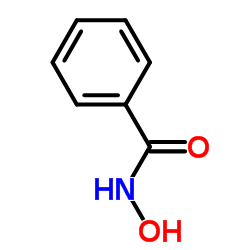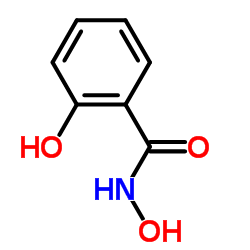| Structure | Name/CAS No. | Articles |
|---|---|---|
 |
Benzohydroxamic acid
CAS:495-18-1 |
|
 |
N,2-Dihydroxybenzamide
CAS:89-73-6 |